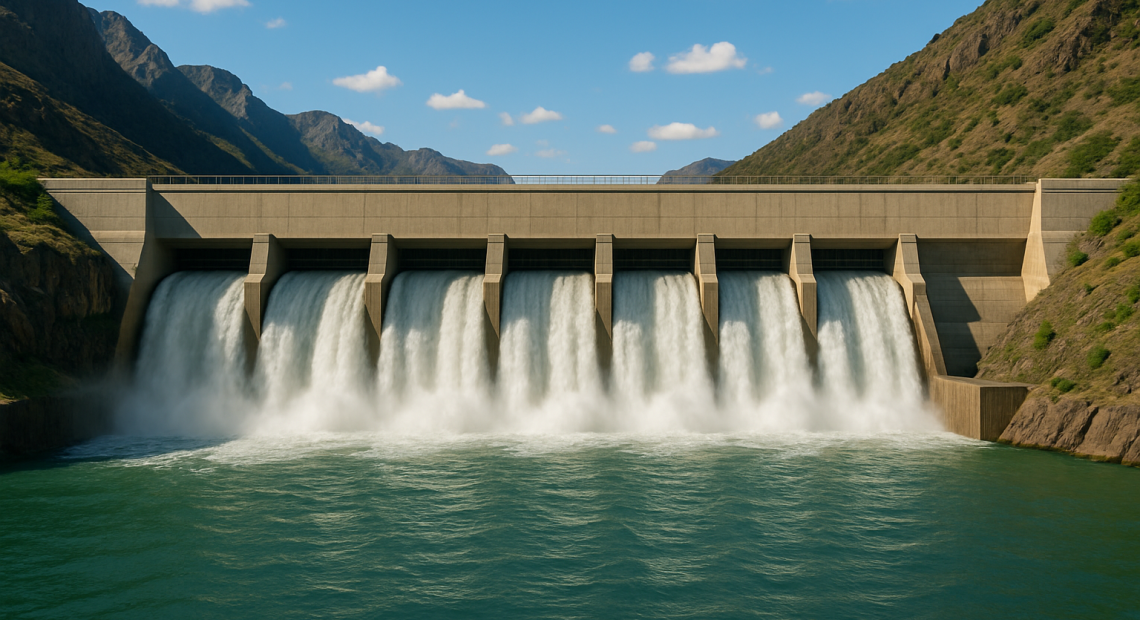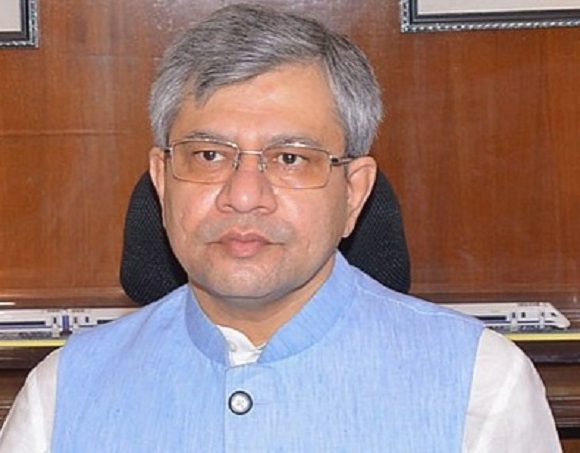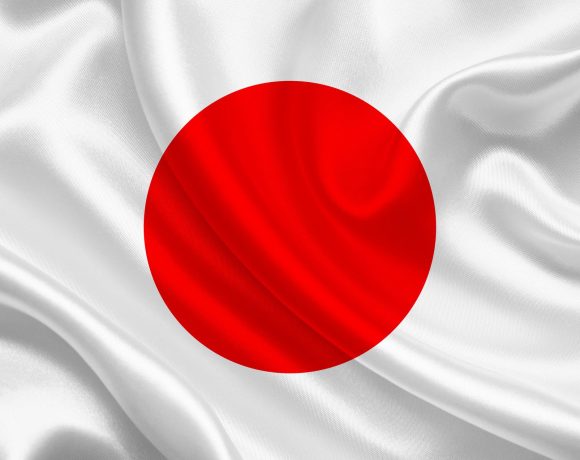
India Accelerates Kishtwar Hydropower Projects Amid Strategic Shift
In a significant move to bolster energy security and assert water rights, the Indian government has expedited the construction of four major hydropower projects in Jammu and Kashmir’s Kishtwar district. This decision follows the suspension of the Indus Waters Treaty with Pakistan, a response to the recent Pahalgam terror attack.
The projects—Pakal Dul (1,000 MW), Ratle (850 MW), Kiru (624 MW), and Kwar (540 MW)—are strategically located on the Chenab River and its tributaries. Among these, Pakal Dul stands out as the state’s first water storage project, designed to enhance water regulation capabilities. The remaining projects are run-of-the-river types, focusing on harnessing the river’s flow for power generation without significant storage.
Originally slated for completion between 2026 and 2028, these projects are now expected to be operational ahead of schedule. The Central Electricity Authority had projected Pakal Dul and Kiru to be ready by September 2026, Kwar by December 2027, and Ratle by November 2028. However, with the renewed urgency, these timelines are being advanced.
The Pakal Dul project, in particular, is noteworthy for its substantial live storage capacity of approximately 109 million cubic meters, making it a pivotal asset in India’s hydroelectric infrastructure. This capacity allows for better regulation of water flow, especially during peak demand periods.
The acceleration of these projects is not only a step towards energy self-reliance but also a strategic maneuver in the broader context of regional water resource management. By enhancing its hydroelectric capabilities, India aims to reduce dependence on external energy sources and assert greater control over its river systems.


















